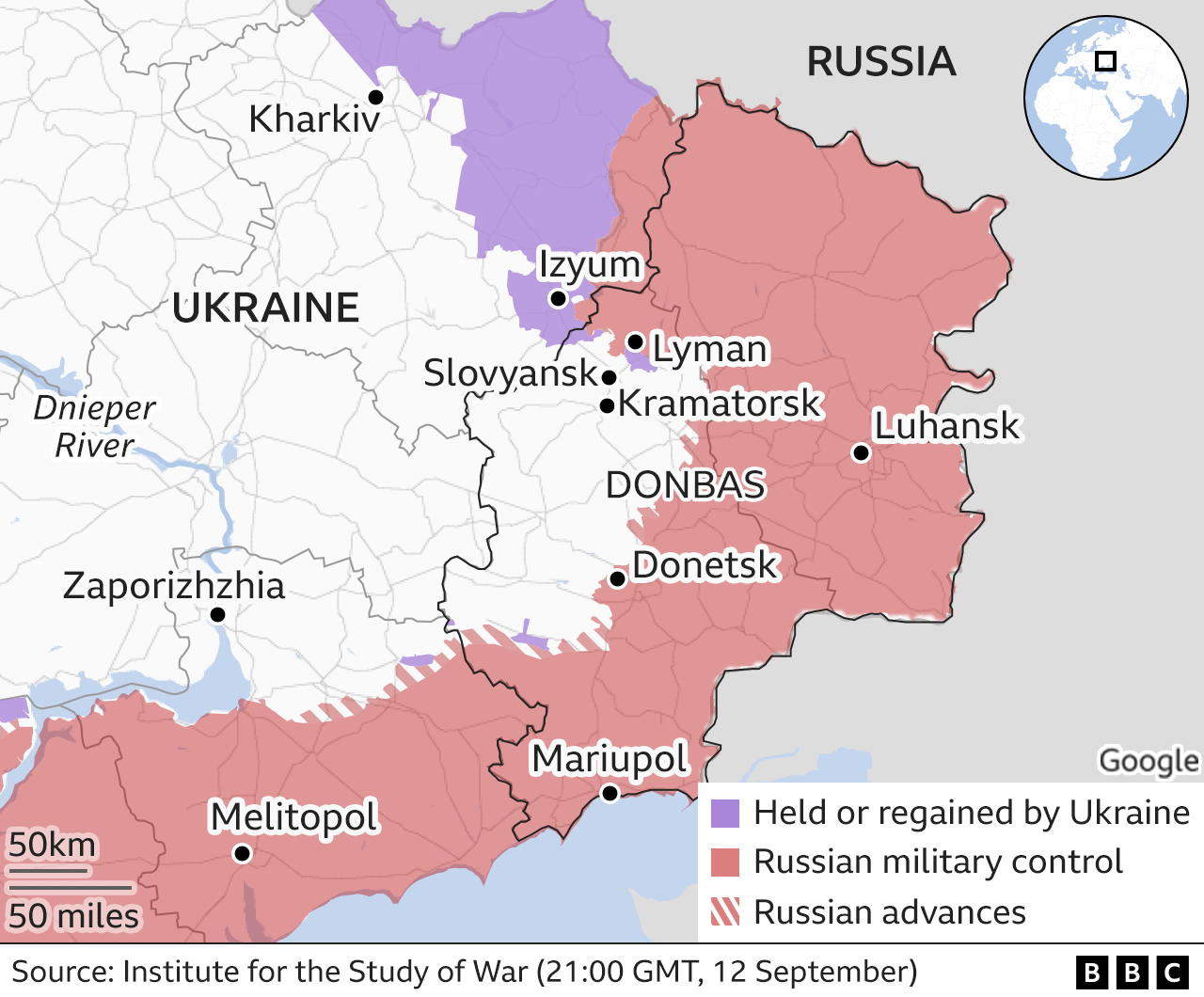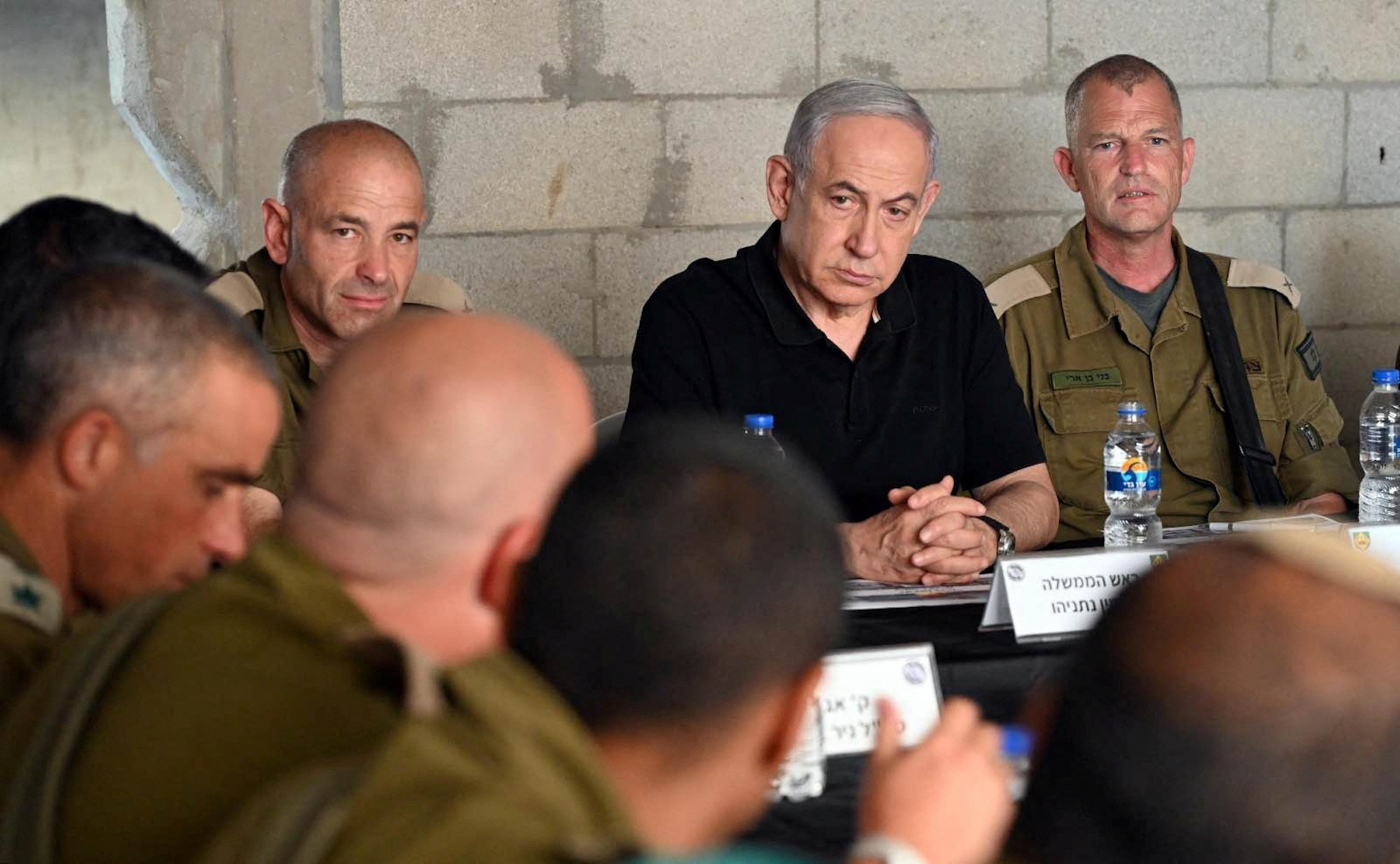Folks, let’s cut through the noise. The situation in Ukraine remains a volatile mess, and frankly, the posturing is getting ridiculous. Over the last 24 hours, we’ve seen a clear escalation in attacks, coupled with the usual diplomatic theater that offers more smoke than fire.

The Russians claim Ukraine launched eight attacks on their energy infrastructure. Kyiv, naturally, responds in kind, with reports of over 80 drones swarming the Belgorod region. Russia says it shot down 52 – and honestly, those numbers are always suspect, aren’t they? I’ve been following this conflict closely and you see both sides inflate stats.
More concerning is the targeted strike by Russia on Sumy, allegedly hitting a Ukrainian command meeting with Iskander missiles. While war involves tough choices, the level of precision hinted at raises eyebrows. Simultaneously, Russian forces have been actively targeting Ukrainian positions in the Sumy region.
Now, let’s talk ‘peace.’ Trump, ever the pragmatist, is calling for a quick end – predictable. Ukraine and the US are having “constructive” talks about mineral agreements… which sounds suspiciously like resource grabs under the guise of aid. And Lavrov rightfully points out a peace deal with the US isn’t happening anytime soon. It’s all a game.
Understanding the Escalation: Key Insights
The relentless drone strikes illustrate a shift in tactics. Ukraine’s focusing on asymmetric warfare, aiming to disrupt Russian logistics and infrastructure. This is a direct response to Russia’s widening war campaign.
The strikes on Sumy suggest a targeted effort to disrupt Ukrainian command and control. This could hint at preparations for a larger offensive, or a calculated attempt to demoralize Ukrainian forces.
Trump’s call for a swift resolution, while seemingly simplistic, underscores the growing fatigue with the conflict, particularly within certain political circles. It reflects a desire for stability.
The mineral agreement talks highlight the economic dimensions of the conflict. Control over resources – like those in Ukraine – is a key motivator for global powers involved.
On the defense front, Ukraine is begging for more ‘Patriots’, wanting to acquire 10 systems. Germany’s considering sending Taurus missiles, but the debate rages on. Meanwhile, the EU is prepping a roadmap to ditch Russian energy, a move that will undoubtedly hit Europe harder than Moscow. Trump is echoing the plea for hardware, and Hungary remains stubbornly opposed to sanctioning Russian energy and hosting military training missions on its soil.
The EU is cooking up its 17th round of sanctions, proving that piling on pressure is their default setting. But let’s be real: sanctions rarely work as advertised, and often end up hurting those who impose them. This is a messy, complex situation with no easy answers. Buckle up, folks, because this isn’t ending anytime soon.






